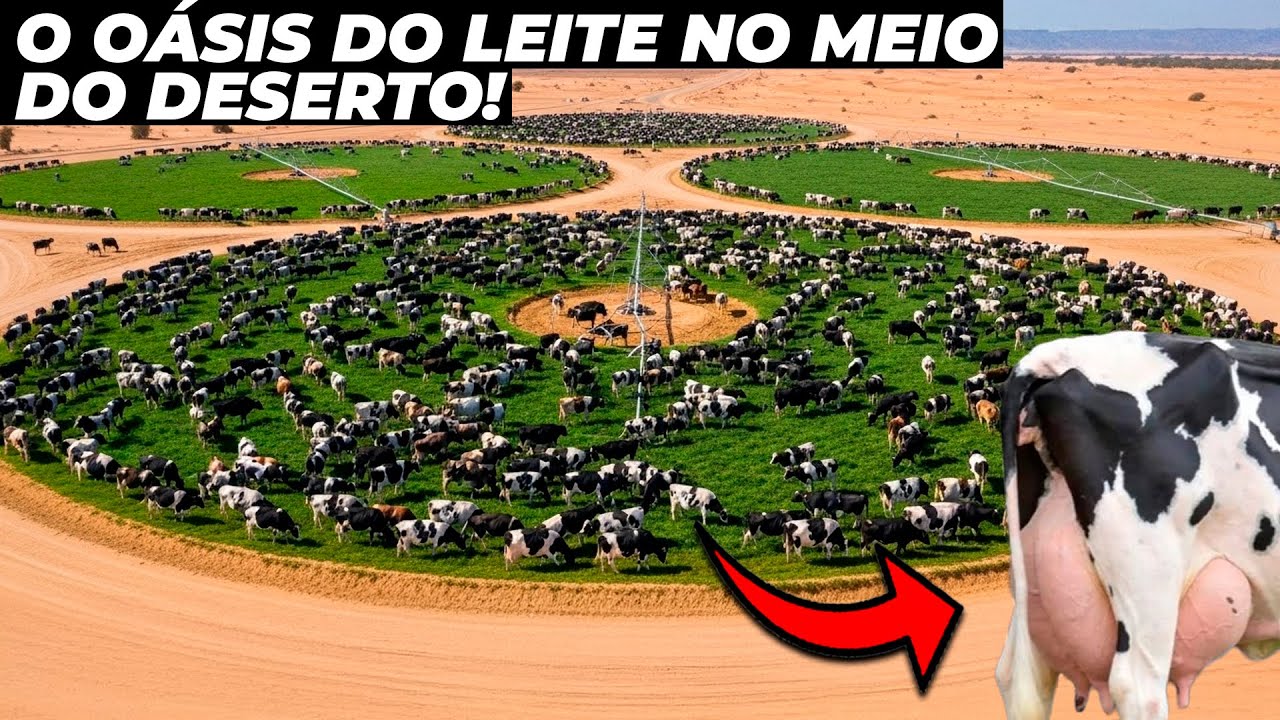Conectando o Canadá – O Projeto que Vai Revolucionar a Economia
0Have you ever imagined that you could look at a map of America and see the United States and Canada annexing each other so that they both carry the same flag as one country? Furthermore, the construction of a 6.4 billion dollar bridge, which will be inaugurated in 2025, promises to completely change the relationship between these two nations. Located over the Detroit River, the Gordie Howe International Bridge is being built to connect the cities of Detroit, in the United States, and Windsor, in Canada. This grandiose structure will not only facilitate trade and traffic between the two countries but also raise questions about the growing interdependence and cooperation between them. In addition , this entire structure will become the largest state cable bridge in North America. With such significant logistical integration, some wonder if this structure could be a greater symbol of a future where borders become less defined and nations more united. In this video you will discover what is really behind this ambitious construction. And how will this project be a harbinger of a new era of U.S.-Canada relations? This is Construction Time, I’m Luciano Guimarçaes And in this video you will understand about the US$6.4 billion Mega Project to connect Canada The Gordie Howe International Bridge is being built in the busiest border corridor between the Canada and the United States. Once completed, this grand structure will ensure an uninterrupted flow of traffic between the two countries, possibly symbolizing an even deeper connection in the future. Designed by renowned architect Erik Behrens, the bridge will feature two “A”-shaped towers, each 220 meters high, supporting the deck with 216 steel cables. With a main span of 853 meters, it will be the longest cable-stayed bridge in North America, totaling 2.5 km in length. The structure will have six lanes for vehicles and a road dedicated to pedestrians and cyclists, offering a new mobility option between the two countries. As border traffic is expected to grow from 18,500 vehicles per day in 2016 to 26,500 in 2025, the Gordie Howe Bridge emerges as the perfect solution to meet this growing demand. But what makes this bridge so special? Could it be that, in addition to its practical function, it could be paving the way for a future merger between the two nations? This question resonates in a period of increasingly interconnected economic and cultural flows, where infrastructures like this can be seen as bridges not only physical, but also political and social. Canada and the United States are two of the world’s largest trading partners, with a robust economic relationship that moves around $3.6 billion worth of goods and services across their border daily. Among the more than 100 land crossings that connect these two countries, a third of all this trade passes through a specific point: the corridor between Detroit and Windsor, over the Detroit River. At the center of this corridor is the Ambassador Bridge, a 1.4-mile crossing that, since its opening in 1929, has been the busiest border crossing in North America . More than a quarter of all trade between the US and Canada passes through this bridge, which has become an economic pillar and a symbol of the union of these two countries. However, despite its importance, the Ambassador Bridge faces many problems. The bridge is operated by a private entity, and the revenue generated is not directly invested in the development of the surrounding infrastructure, which generates ongoing criticism. Therefore, the region’s population has not been satisfied for decades and has been asking for changes, which brings us to the other problem, which is the limited capacity of the bridge. With just four lanes to accommodate up to 10,000 trucks per day, congestion is a constant problem. And even the Detroit-Windsor alternative tunnel doesn’t allow large trucks to pass, making the Ambassador Bridge the only viable option for most heavy commercial traffic. Faced with a structure that is over 90 years old and overloaded, the construction of the Gordie Howe International Bridge appears as a modern and essential solution, as it will have the capacity to meet the growth of commerce and improve the flow of vehicles, promising to solve many of the problems faced at the current crossing. But beyond that, the bridge also symbolizes deeper integration, which for some, could indicate a future where the separation between the two countries becomes less and less tangible. This mega project was proposed in the early 2000s as a collaboration between the governments of the United States and Canada, along with the Michigan and Ontario departments of transportation. When completed, the bridge will become the largest cable-stayed structure in North America, with six lanes of traffic and an exclusive lane for cyclists and pedestrians. Located just 3 km from the existing Ambassador Bridge, this proximity inevitably creates competition between the two crossings – a rivalry much celebrated by the local population, who will then be able to escape the congestion. With an estimated budget of 6.4 billion dollars, the construction of the bridge is being fully financed by the Canadian government. This means that every step, from design to land acquisition, is under the supervision of the Windsor-Detroit Bridge Authority, a Canadian federal corporation. Additionally, all revenue generated from tolls will go back to Canada, as there will be no toll booths on the American side. Its construction officially began in 2018, with an initial expected completion date of 2024. However, the COVID-19 pandemic delayed the schedule by about a year, pushing the opening date to 2025. But even with these challenges , progress has been significant. In June 2024, a major milestone was reached when the two ends of the bridge deck were connected over the Detroit River, marking a symbolic moment for the project. A ceremony was held to commemorate the feat, with workers on both sides of the border signing the final segment of the deck and planting an evergreen tree in the center, representing a joint effort. With completion expected in 2025, the Gordie Howe International Bridge promises to become a new icon of connectivity and modernization on the busiest border in North America – being an economic pillar very similar to one we have here in Brazil. For many, the construction and future use of the bridge can be seen as a sign of a more unified future between the two countries, where the geographic divide is increasingly less significant. And if you think it’s possible for Canada to annex itself with the United States to form a single nation, leave it here in the comments, I’m happy to know your opinion. The new bridge being built will be the largest cable-stayed bridge in North America, 2.5 km long and with six traffic lanes, as well as a path for pedestrians and cyclists. Designed to support traffic of up to 26,500 vehicles daily, it will serve as a new commercial route between the US and Canada, relieving the already congested Ambassador Bridge. Similarly , the Brazil-Paraguay Integration Bridge, which is in an advanced stage of construction over the Paraná River, will be 760 meters long and have two traffic lanes. Its objective, like Gordie Howie, is to relieve an older structure, in this case, the Friendship Bridge, facilitating the transport of heavy vehicles and trade between Foz do Iguaçu and the Paraguayan side. Even though they do not compare in size, the impact of these inaugurations is comparable because they are located in key regions for all four of these countries – which depend daily on the flow of people and goods across their borders bathed by large and powerful rivers. The comparison between the two bridges is not limited only to physical aspects, but also to what they represent in terms of regional integration and international cooperation. Both bridges are seen as solutions to old logistical problems, but also as bridges to the future, where the countries involved can benefit from greater economic and cultural union. Despite the significant advances and benefits that the Gordie Howe International Bridge will bring to the region, the project has faced several attempts to block it over the years, mainly by Manuel Moroun, the owner of the Ambassador Bridge. As the most impacted by the new crossing, Moroun fought tirelessly to protect his monopoly. In 2010, he sued the governments of Canada and Michigan, claiming that construction of a new bridge violated his right to expand the Ambassador Bridge. Two years later, he spent $30 million on a tentative constitutional amendment that would require Michigan voter approval for the construction of a new bridge — but the proposal was rejected at the polls. Even after his death in 2020, his family continued legal battles. However, construction has moved forward, and now the Gordie Howe Bridge is nearing completion. With the crossing already connected on both sides, the impact of this new bridge will be transformative for traffic and commerce between Detroit and Windsor, changing the economic scenario of the region – symbolizing a victory for the entire region, which will now be able to have more a transport and traffic option. Furthermore, the bridge is also seen as a potential catalyst for broader changes in US-Canada relations. As the bridge facilitates trade and transportation, it could also pave the way for discussions on deeper cooperation and integration between the two nations. For some, the bridge represents a future where borders are not barriers but points of connection, perhaps even suggesting a scenario where Canada could become more aligned with the United States in terms of economic and social policies.









